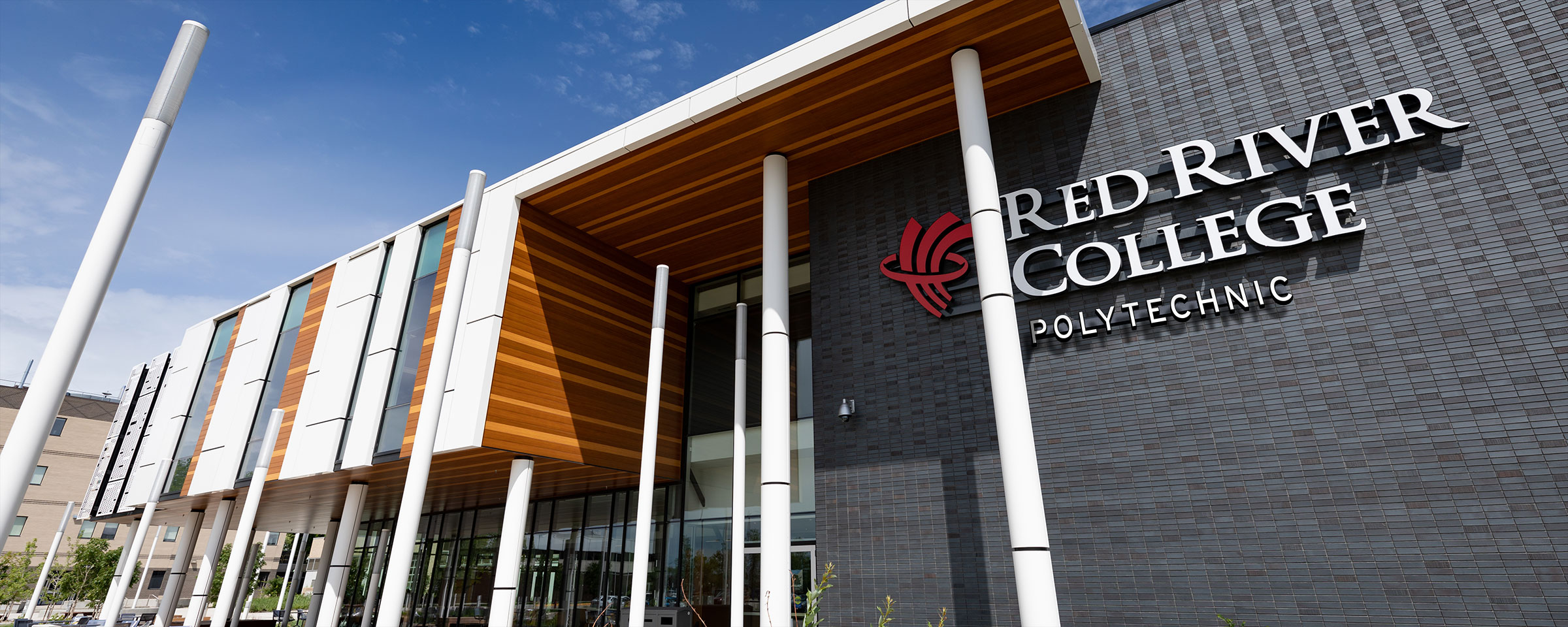RRC Resource Broadens Knowledge Base in Early Child Development
In the realm of early childhood education, it’s estimated it currently takes 15 years for newly-discovered knowledge to be put into practice — in other words, the same length of time it takes for a baby to grow into a teenager.
But thanks to an ongoing partnership between Red River College and researchers from around the world — and the resulting multimedia resource, called The Science of Early Child Development (SECD) — kids might not have to wait that long to benefit from discoveries made in the field.
“There’s typically a 15-year gap between new knowledge and practice,” says Janet Jamieson, Academic Chair for Community Services at Red River College.
“This project aims to narrow that gap.”
The SECD project dates back about a decade, and was inspired by the work of Canadian researcher Dr. J. Fraser Mustard, an expert on the socioeconomic determinants of human development and health and others with the Canadian Institute for Advanced Research.
Working in partnership with Mustard and the University of Toronto’s Atkinson Centre — with funding from the Lawson Foundation, the World Bank, the Winnipeg Foundation and, most recently, the Aga Khan Development Network (AKDN) in Geneva — the College collates research involving early brain development and population health, then translates it to an accessible online format that students and frontline workers can easily understand.
In each of the SECD resource’s five modules — which deal with Developmental Health, Brain Development, Ecology of Childhood, Coping & Competence, and Communicating & Learning — video clips of researchers act as the voice of the instructor, while images of children, parents and caregivers illustrate messages and link concepts to real life. The modules also contain slideshows, links to related websites, readings, questions for reflection, and interactive games and activities.
“At Red River College, we’re in a great position to carry out knowledge translation: we have the technical capacity and we’re connected, because we’re training the people who are going to do the frontline work,” says Jamieson.
“It’s really important that people who are going to work with young children — whether it’s in child care or education or health or in a social work capacity — understand the importance of this research.”
Sustainable through sales, the SECD has already been adopted by colleges and universities across Canada either as a required ‘text’ for students or as a teaching resource, as well as various levels of government — for use by such organizations as the Healthy Child Manitoba and its Parent-Child Coalitions.
It’s also been adapted for use in other countries, in particular those where students and frontline workers have access to computers, but not textbooks or research papers.
“From the beginning, we at Red River saw this project as having international potential,” says Jamieson, noting RRC has helped to develop contextualized versions of the SECD resource for users in Africa, South and Central Asia and the Middle East.
“Because this is online, and it’s multimedia, it has the capacity to be adapted fairly easily for other contexts.”
For more information about the Science of Early Child Development project, see www.scienceofecd.com
